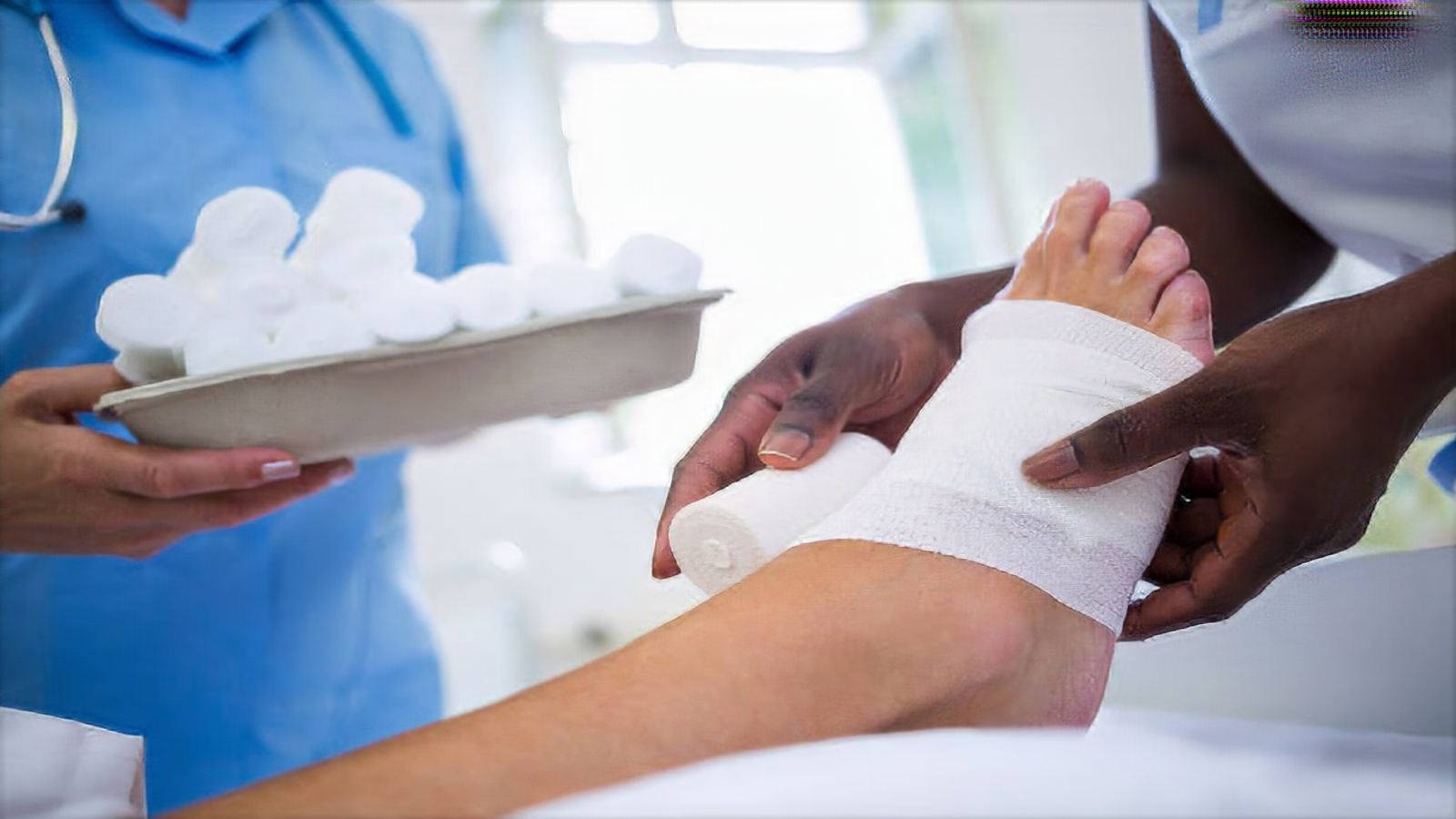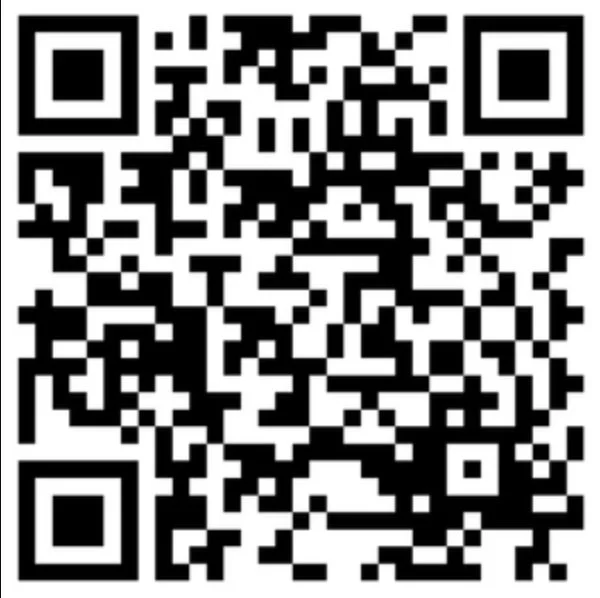
Evaluating the Safety and Efficacy of ON101 Cream for the Treatment of Chronic Diabetic Foot Ulcers
Powered by
Information About this Study
ON101 cream will be applied twice daily for up to 20 weeks to the Target Ulcer. The SOC will include evaluation to ensure adequate blood flow, wound cleaning, removal of necrotic, infected and/or nonviable tissue by debridement, maintenance of a moist wound environment via regular dressing changes, and management of infection through oral antibiotics, if necessary.
Who Can Participate
-
Subjects, male or female, aged 18 to 80 years (inclusive) with Type 1 or Type 2 diabetes undergoing therapy for glycemic control using available diabetes drugs including insulin.
Subject has a glycosylated hemoglobin, HbA1c ≦ 12%.
Presence of at least one diabetic foot ulcer that meets all of the following criteria:
A full-thickness ulcer of UTWCS Grade I-A or II-A
Ulcer size (area) is > 2 cm2 and ≤ 20 cm2 (post-debridement at time of randomization)
Ulcer is located on or below the malleoli and present for > 4 weeks (at time of randomization)
There is a minimum 3 cm margin between the qualifying Target Ulcer and any other ulcers on the specified foot (post-debridement)
No active infection by clinical inspection defined by IDSA/IWGDF criteria Note: If the subject has more than one qualifying diabetic foot ulcer, the most severe ulcer will be designated as the target ulcer.
Subject has adequate vascular perfusion of the affected limb, confirmed by Ankle-Brachial Index (ABI) > 0.8 and < 1.3, and transcutaneous pressure of oxygen (TcPO2) > 30 mmHg on at least one lead.
Subject, if female of child-bearing potential, has a negative serum pregnancy test at screening, must not be breastfeeding, and willing to use 2 medically accepted methods of contraception (e.g., barrier contraceptives [female condom, or diaphragm with a spermicidal gel], hormonal contraceptives [implants, injectables, combination oral contraceptives, transdermal patches, or contraceptive rings], and intrauterine devices) during the study (excluding women who are not of childbearing potential and/or who have been sterilized).
Subject should be able to walk and stand on the non-target ulcer limb.
Subject is willing to use an off-loading device for the target ulcer on the plantar while ambulation for the duration of the study.
Subject / identified caregiver trained on the study procedures is able and willing to comply with study procedures.
A signed and dated informed consent form has been obtained from the subject prior to any study-related procedures being performed.
-
In response to standard of care, ulcer size reduction is > 30% during the two-week run-in Screening Period (between the first Screening Visit/V0 and Baseline/V2).
Ulcers with exposed bone or associated with osteomyelitis. Note: The osteomyelitis should be ruled out by clinical examination (probing of the wound) and X-ray findings.
Presence of necrosis, purulence or sinus tracts that cannot be removed by debridement.
Body mass index (BMI) > 42 kg/m2
Laboratory values at Screening of:
White Blood Cells (WBC) < 3.0 X 109 cells/L;> 12.0 X 109 cells/L
Liver function studies [Total bilirubin, aspartate aminotransferase (AST) and alanine transaminase (ALT)] > 3x the upper limit of normal
Albumin < 2.5 g/dL
Renal function studies [Serum Creatinine and Urea] > 3x the upper limit of normal
Presence of any clinically significant medical condition(s) in medical history during screening period that, in the opinion of the investigator, could interfere with wound healing, including but not limited to the following:
Acute or unstable Charcot foot
Current sepsis
Active malignant disease. A subject, who has had a malignant disease in the past, was treated and is currently disease-free, may be considered for study entry.
Acquired immune deficiency syndrome (AIDS) or HIV positive.
Subject is currently receiving (i.e., within 30 days of randomization visit) or scheduled to receive any of following medication or therapies, could interfere with wound healing during the study.
immunosuppressants (including chronic systemic corticosteroids)
cytotoxic chemotherapy
cytostatic therapy
autoimmune disease therapy
dialysis
lower limb revascularization surgery (e.g., angioplasty, artery bypass surgery)
growth factors
hyperbaric oxygen therapy
bioengineered tissue or skin substitutes
application of topical steroids to the ulcer surface
use of any investigational drug(s)
Subjects whose non-target ulcer limb is disabled or amputated above the ankle.
Subject's target ulcer is located on the plantar foot with all toes amputated.
Subjects who need to stand continuously for more than 4 hours / day and have difficulty complying with off-loading instruction.
A psychiatric condition (e.g., suicidal ideation), current or chronic alcohol or drug abuse, determined from the subject's medical history, which, in the opinion of the Investigator, may pose a threat to subject compliance.
Has any other factor which may, in the opinion of the investigator, compromise participation and/or follow-up in the study.
Why Should I Participate in this Study?
A diabetic foot ulcer is an open sore or wound that occurs in approximately 15 percent of patients with diabetes, and is commonly located on the bottom of the foot.
Diabetes is the leading cause of nontraumatic lower extremity amputations in the United States, and approximately 14 to 24 percent of patients with diabetes who develop a foot ulcer have an amputation. Research, however, has shown that the development of a foot ulcer is preventable.
About the App
This study is being conducted using the Health Storylines™ app which can be accessed through your smartphone, mobile device, laptop, personal computer, tablet, or web browser.
How to Participate
To register your interest in participating, please download the Health Storylines™ app using the links underneath to sign up for this study.



You can also scan the following QR code to access the mobile version.

Thank you for your consideration of this important research study.


